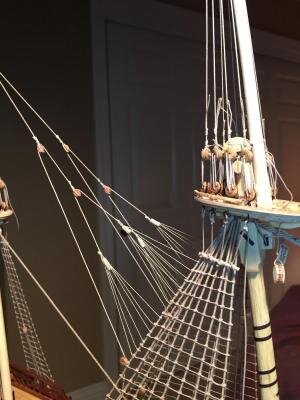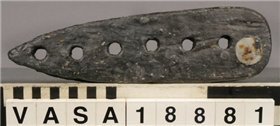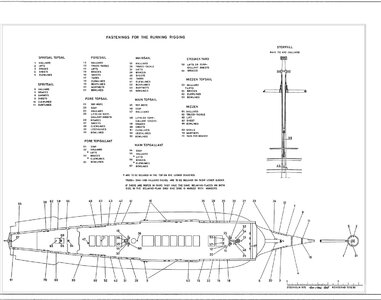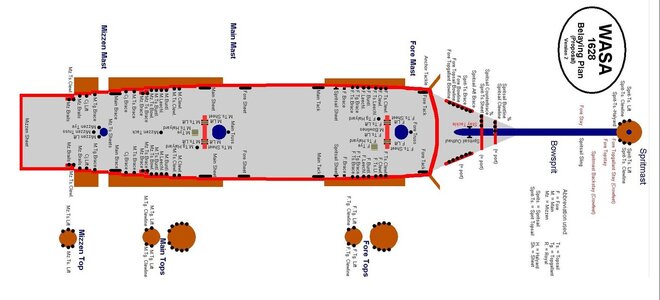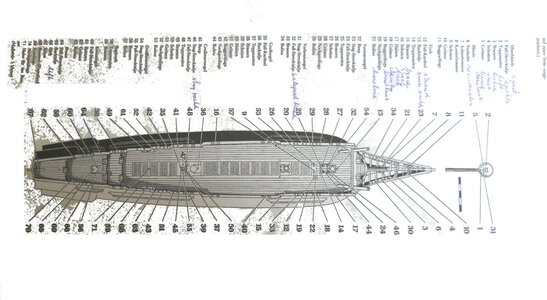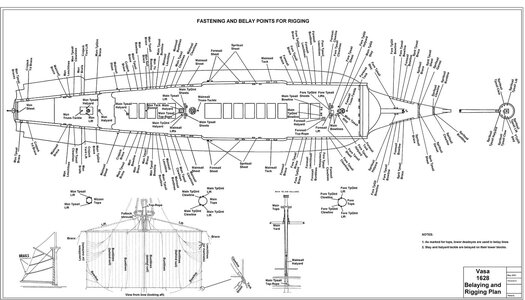Moving onward with standing rigging (slowly), I have begun to fit some of the stays and backstays of the masts and in particular, the backstay of the Topmast of the Main mast. So, to begin, if we examine the Billing Boats rigging diagram (below), I have marked the Topmast backstay. It extends from the Topmast top to a single block, which then extends to two small blocks that have four lines that extend down and are secured to the Mizzen stay (as shown).
View attachment 244402
Now this is fine and if we look at the Vasamuseet rigging plans, the same is shown (see below), with the backstay extending down, two blocks and then eight support lines onto the Mizzen stay.
View attachment 244408
So far so good. The only complication I saw was that the small blocks that allow the 4 lines to go to the backstay were not in the kit. These are oval shaped and with a broader running slot than a single block. My alternative was to make these, so I did with my trusty supply of Tasmanian Huon Pine (which I have described in a previous post). I show these blocks below and they did the trick nicely (after a bit of painting/dyeing).
View attachment 244406
View attachment 244407
Above is a picture while I am rigging these lines. Note that getting the tension right is a nightmare, but after a lot of loosening and tensioning, its pretty good. I have used white rope which I have also used for lanyards (of for example the shrouds), but I don't think I am a fan of it in standing rigging, so I will probably change to a darker, maybe brown rope.
Now, the NEXT problem. If you examine the Billing plans and the Vasamuseet plans above, you will notice that there are two additional stays coming from the Mizzen Topmast which extend through a similar block arrangement and are tied off on the back of the Mainmast aft shroud. This apparently was common practice in the early 1600's and is consistent as per R.C. Anderson's book. If you examine the rigging arrangement however you will notice there is the Mizzen Topmast stay which comes down from the Topmast top, to a single block. From this block, four lines would have to radiate out, two to port and two to starboard for the third block to secure the lines to the back shrouds of the Mainmast rigging. While this appears OK, what I found was that the Main Topmast backstay (as already described), is in the way. They both run down the centreline of the ship and so would be touching and fouling each other.
So, what is the solution? Well interestingly, on Clayton's Vasa 1/50th model build, he has aligned the Mizzen Topmast stay, in fact as TWO stays, and this approach, neatly lies on either side of the Main Topmast backstay and is clear without touching. The picture below shows Clayton's rigging where you can see the Mizzen Topmast stays coming forward to be secured to the Mainmast back shrouds.
View attachment 244409
(Clayton's rigging showing the two stays coming forward from the Mizzen topmast top).
So, this solution is how I will do my Main topmast backstay and Mizzen topmast stays. This has been an interesting exercise with some research having provided a solution.
Elapsed Time 2165 hrs.
Regards,
PeterG






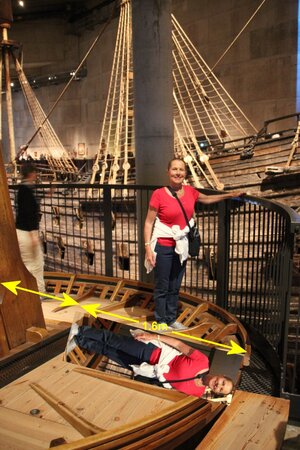
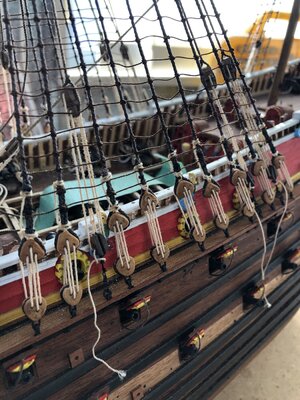
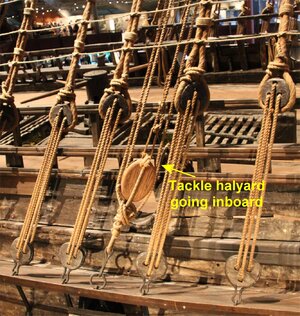
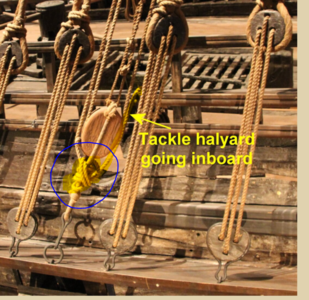
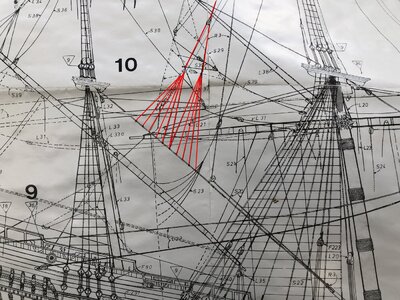
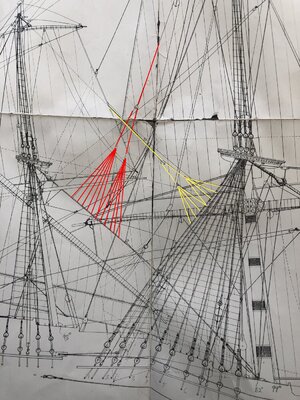
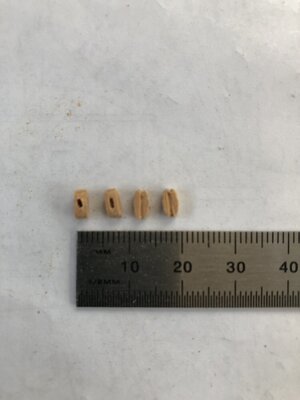
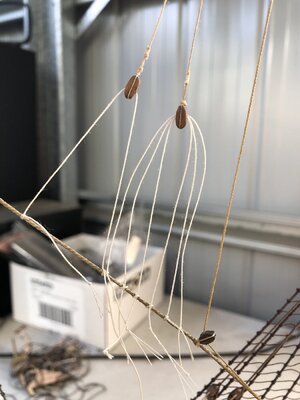
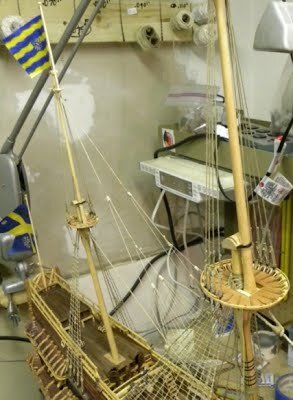

 s (including anchor buoys)
s (including anchor buoys)